
IFSC Codes: What They Mean, How to Find & How Does It Affect Banking?
02 सितम्बर 2024

Table of Content
What is IFSC: Full Form, importance & How to find IFSC CODE?
IFSC code stands for Indian Financial System Code. This code is a unique 11-character alphanumeric combination that serves as an identifier for a specific bank branch within the Indian financial system. Each bank branch that engages in electronic fund transfers is assigned a unique IFSC code to facilitate accurate routing and seamless transactions.
Understanding the Meaning of IFSC Code
As mentioned earlier, the Indian Financial System Code (IFSC) is a unique 11-digit alphanumeric code assigned to each bank branch in India by the Reserve Bank of India (RBI). It serves as a crucial identifier in electronic fund transfer systems, such as NEFT (National Electronic Funds Transfer), RTGS (Real-Time Gross Settlement), and IMPS (Immediate Payment Service). The IFSC code helps facilitate seamless and accurate transactions by specifying the destination bank branch, thus ensuring that funds are routed to the correct location. Each part of the code holds specific information that helps with identification.
The Evolution of IFSC Codes in India
The Indian Financial System Code (IFSC) has undergone a significant evolution since its inception. Introduced by the Reserve Bank of India (RBI) in the year 2008, IFSC codes were initially designed to modernize and streamline banking in the country. IFSC was also designed to facilitate electronic funds transfer and online transactions within the country. Over time, as the banking sector expanded and technological advancements took place, the IFSC system became an integral part of the National Electronic Funds Transfer (NEFT) and Real-Time Gross Settlement (RTGS) mechanisms. With the advent of Unified Payments Interface (UPI) and other digital payment platforms, IFSC codes have played a crucial role in ensuring secure and seamless transactions. Today, IFSC codes continue to be a fundamental component of India's digital financial infrastructure, promoting efficient and standardized banking transactions.
Also Read: What is MICR Code? Understanding its Role in Banking Transactions
IFSC Code Full Form and Its Components Explained
As mentioned above, the full form of IFSC means Indian Financial System Code. The 11-character IFSC code is not randomly generated; each segment of the code carries specific information. Let's break down the structure of the IFSC code to understand its composition:
First Four Characters (Alphabets) :
The initial four characters of the IFSC code represent the bank's name. These characters are alphabetic and help identify the respective bank associated with the transaction.
Fifth Character (Zero) :
The fifth character of the IFSC code is always a zero. It has been reserved for future use and is currently static across all IFSC codes.
Last Six Characters (Alphanumeric) :
The final six characters of the IFSC code uniquely identify the specific branch of the bank. This alphanumeric combination is crucial for directing the funds accurately to the intended recipient.
These codes are allocated by the Reserve Bank of India (RBI) for identification purposes. This means that no two banks or their branches can have the same code.
Also Read: How to Get a Bank Statement Online?
Importance of IFSC Codes in Banking Transactions
Now that we understand the structure of the IFSC code, let's explore the significance it holds in the realm of electronic fund transfers:
Accurate Transfers :
The IFSC code plays a vital role in ensuring that funds are routed accurately to the intended recipient's bank branch. With the unique alphanumeric combination, it eliminates the possibility of confusion and ensures that the funds reach the correct destination.
Electronic Transactions :
The IFSC code is particularly essential for transactions involving National Electronic Funds Transfer (NEFT), Real-Time Gross Settlement (RTGS), and Immediate Payment Service (IMPS). These electronic fund transfer mechanisms rely on the IFSC code to facilitate secure and efficient transactions.
Online Banking :
In the age of digital banking , where online transactions have become the norm, the IFSC code is a key component. Individuals conducting online transactions need to enter the IFSC code to initiate fund transfers, making it a crucial element in the digital banking ecosystem. It facilitates a plethora of online transactions such as paying bills, EMIs, insurance premiums, and taxes.
UPI Transactions :
Even in the realm of Unified Payments Interface (UPI), which has gained immense popularity for its simplicity and speed, the IFSC code plays a role when transferring funds between different banks. While UPI transactions often use mobile numbers or virtual payment addresses, the IFSC code becomes relevant in cross-bank transfers.
International Transactions :
While the primary function of the IFSC code is within the domestic realm, its concept aligns with the international standards of bank branch identification. For international transactions, SWIFT codes are used, serving a similar purpose to IFSC codes on a global scale.
How to Find Your Bank's IFSC Code?
To find your bank's IFSC (Indian Financial System Code) code, you can follow these steps:
Check on Cheque Book :
The IFSC code is usually printed on your bank's cheque leaves. It is typically found at the top of each cheque leaf, either on the left or the right side.
Also Read: Understanding Cheques: Types, Features, Filling, Cancellation & Requests
Bank Account Passbook :
Check the front sheet of your bank passbook for account and branch details, including the IFSC. It is usually printed on the top right corner of the front sheet.
RBI Website :
Visit the RBI website and navigate to the 'IFSC' tab, where you can search for the IFSC by entering the bank or branch name.
Branch Locating Tool :
Several online platforms offer IFSC code information. You can use these sites to find your bank's IFSC code by entering the bank name, branch, and location details. For Bank of Baroda branches, visit the " Locate Us " page on the Bank of Baroda website to find their IFSC codes.
In conclusion, understanding the IFSC code and its significance is crucial for anyone engaged in electronic fund transfers. This alphanumeric code acts as a linchpin, ensuring the accuracy and security of transactions in the vast and intricate landscape of the Indian banking system. Whether you're a seasoned financial professional or an individual conducting routine transactions, decoding the IFSC code enhances your financial literacy and contributes to the seamless functioning of the electronic funds transfer ecosystem.
Popular Articles
Tag Clouds
Related Articles
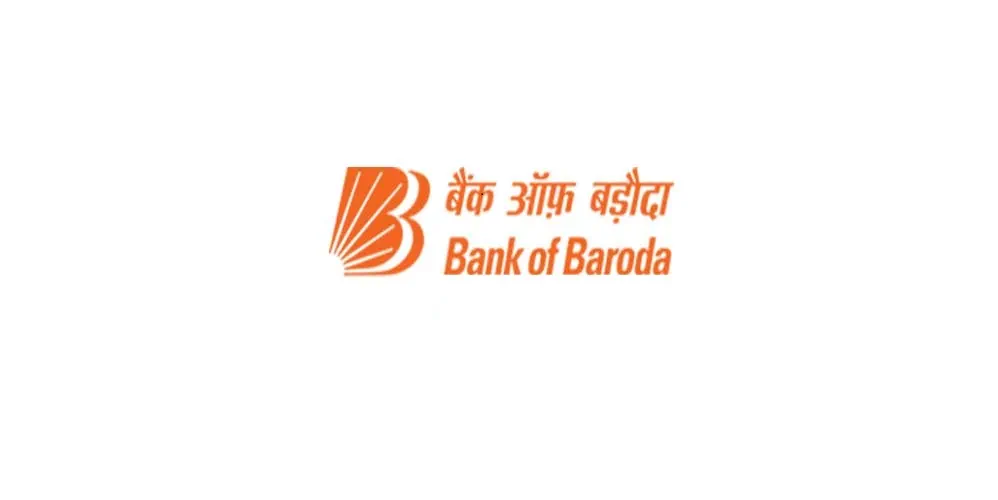

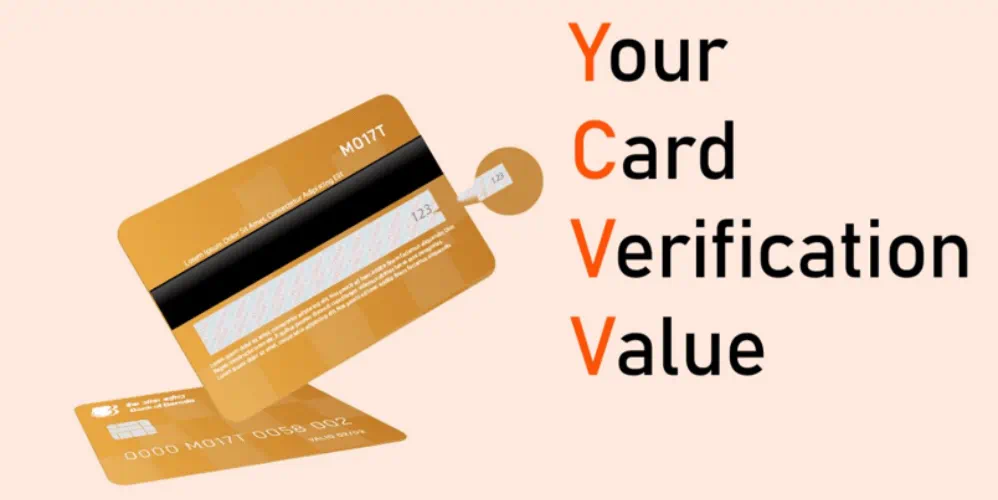
What is CVV on a Debit Card? Understanding Its Importance and Security Features
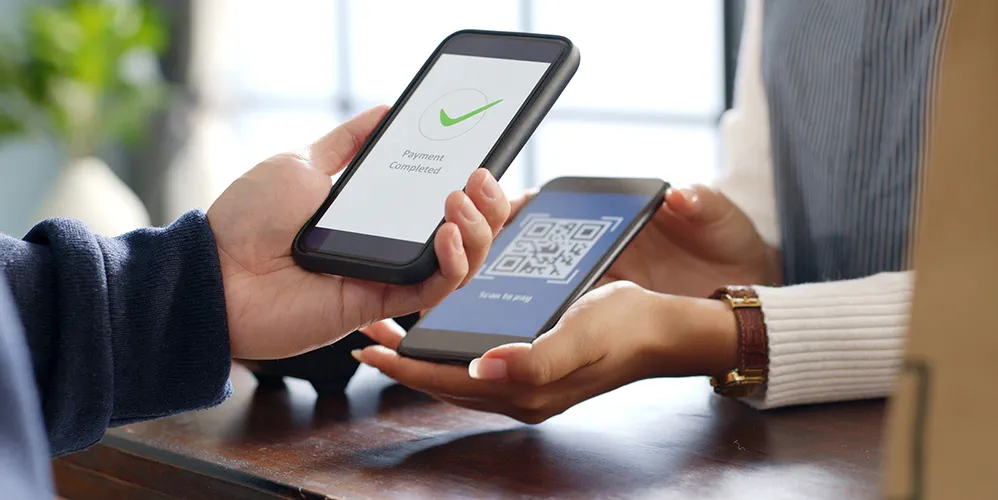

How to Update Your FASTag KYC: Step-by-Step Guide for Online & Offline Methods

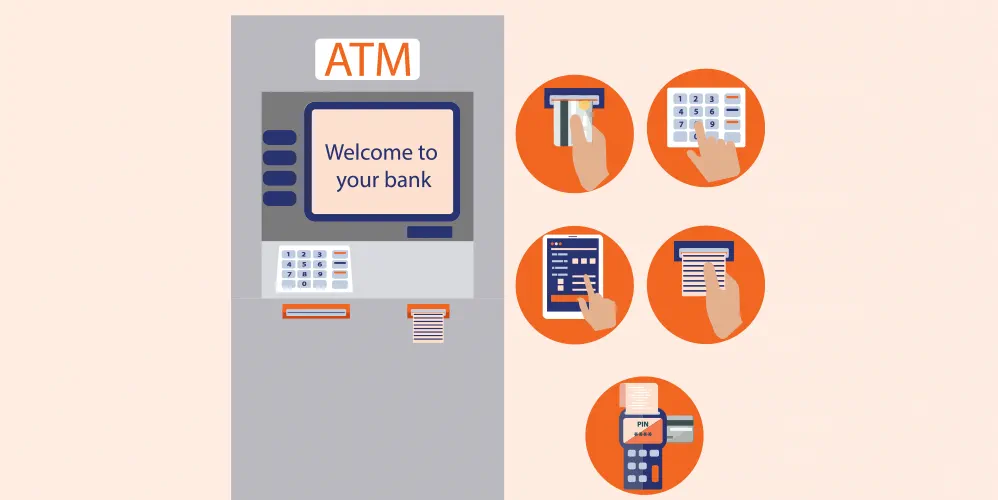

The Importance of Pension Funds: Secure Your Future with Steady Retirement Income

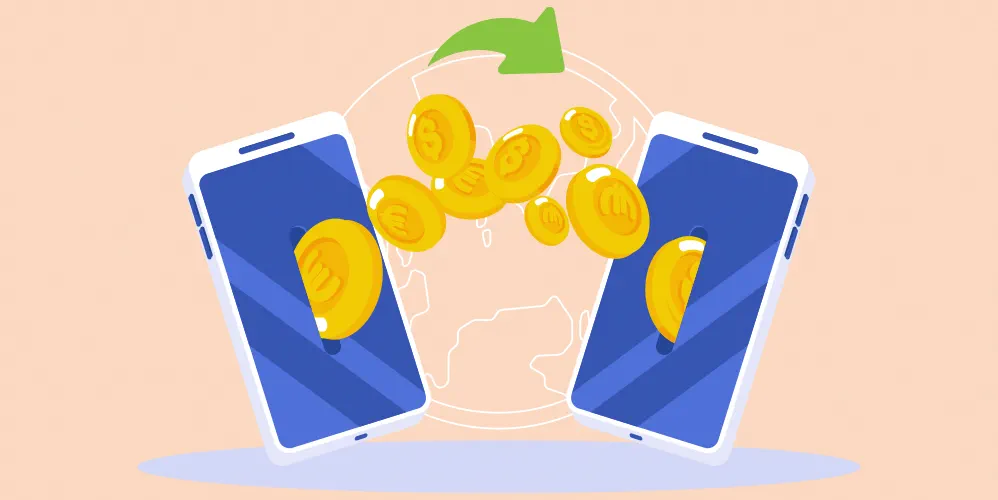
-
डिस्क्लेमर
इस लेख/इन्फोग्राफिक/चित्र/वीडियो की सामग्री का उद्देश्य केवल सूचना से है और जरूरी नहीं कि यह बैंक ऑफ बड़ौदा के विचारों को प्रतिबिंबित करे। सामग्री प्रकृति में सामान्य हैं और यह केवल सूचना मात्र है। यह आपकी विशेष परिस्थितियों में विशिष्ट सलाह का विकल्प नहीं होगा । बैंक ऑफ बड़ौदा और/या इसके सहयोगी और इसकी सहायक कंपनियां सटीकता के संबंध में कोई प्रतिनिधित्व नहीं करती हैं; यहां निहित या अन्यथा प्रदान की गई किसी भी जानकारी की पूर्णता या विश्वसनीयता और इसके द्वारा उसी के संबंध में किसी भी दायित्व को अस्वीकार करें। जानकारी अद्यतन, पूर्णता, संशोधन, सत्यापन और संशोधन के अधीन है और यह भौतिक रूप से बदल सकती है। इसकी सूचना किसी भी क्षेत्राधिकार में किसी भी व्यक्ति द्वारा वितरण या उपयोग के लिए अभिप्रेत नहीं है, जहां ऐसा वितरण या उपयोग कानून या विनियमन के विपरीत होगा या बैंक ऑफ बड़ौदा या उसके सहयोगियों को किसी भी लाइसेंसिंग या पंजीकरण आवश्यकताओं के अधीन करेगा । उल्लिखित सामग्री और सूचना के आधार पर किसी भी वित्तीय निर्णय लेने के लिए पाठक द्वारा किए गए किसी भी प्रत्यक्ष/अप्रत्यक्ष नुकसान या देयता के लिए बैंक ऑफ बड़ौदा जिम्मेदार नहीं होगा । कोई भी वित्तीय निर्णय लेने से पहले अपने वित्तीय सलाहकार से सलाह जरूर लें।
What is VPA in UPI and How Does It Work?
With the advent of digital payment, life has become so much simpler. Gone are those days when cash payment was the only mode available, and people carried bulky wallets. Virtual Payment Address (VPA), a unique payment option part of the Unified Payments Interface (UPI), has largely replaced traditional payment. This simplified monetary transaction is proving to be an enhanced asset driven with security, and the acceptance of UPI payments across the country and businesses is almost a norm these days.
इंटरनेट बैंकिंग का अर्थ क्या है एवं यह कैसे कार्य करता है?
प्रौद्योगिकी के इस युग में, जहाँ एक ओर देश कैशलेस अर्थव्यवस्था बनने के करीब है, वही इंटरनेट बैंकिंग उपभोक्ता की बैंकिंग आदतों को आकार देने में महत्वपूर्ण भूमिका निभा रही है। बैंकिंग प्रौद्योगिकी के इस विकास पथ पर, वित्तीय स्वतंत्रता बस एक क्लिक दूर है एवं यह आपको, आपकी बैंकिंग जरूरतों के लिए एक व्यापक समाधान प्रदान करते हुए विकसित हुई है।

